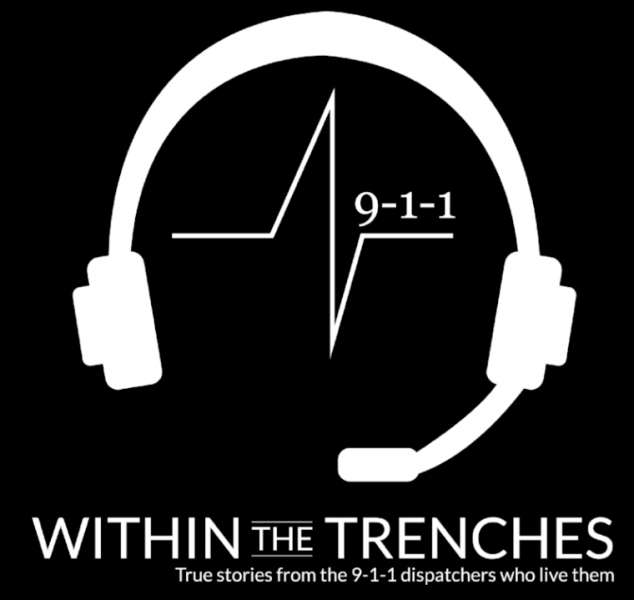Bienvenidos/as | Welcome
Bienvenidos/as a la Comunidad Virtual SES. La prioridad de esta Comunidad es habilitar un espacio común donde las autoridades y el personal de los Sistemas de Emergencia y Seguridad (o sus equivalentes) de la región puedan intercambiar, compartir y consultar información, materiales y herramientas sobre temas de interés, a fin de fortalecer y mejorar la calidad de la atención que se le brinda a la población en situaciones de emergencia.
Haga clic en la palabra Instrucciones para bajar una presentación con los pasos que debe seguir para registrarse como miembro de la Comunidad-SES.
---
Welcome to the ESS Virtual Community. The Community's current priority is to provide a common space where authorities and personnel of emergency and security systems (or their equivalents) in the region may exchange, share, and access information, materials, and tools on topics of interest, in order to stregnthen and improve the quality of emergency services.
Click on Instructions to download a presentation with the steps you need to follow to register as member of the ESS-Community.
Novedades | Highlights
Enlaces de interés | Relevant links
Sistemas de Emergencia y Seguridad | Emergency and Security Systems
Costa Rica: Sistema de Emergencias 9-1-1
Ecuador: Servicio Integrado de Seguridad ECU911
Honduras: Sistema Nacional de Emergencias (SNE)
México: 9-1-1 Emergencias
República Dominicana: Sistema Nacional de Atención a Emergencias y Seguridad 911
Leyes | Laws
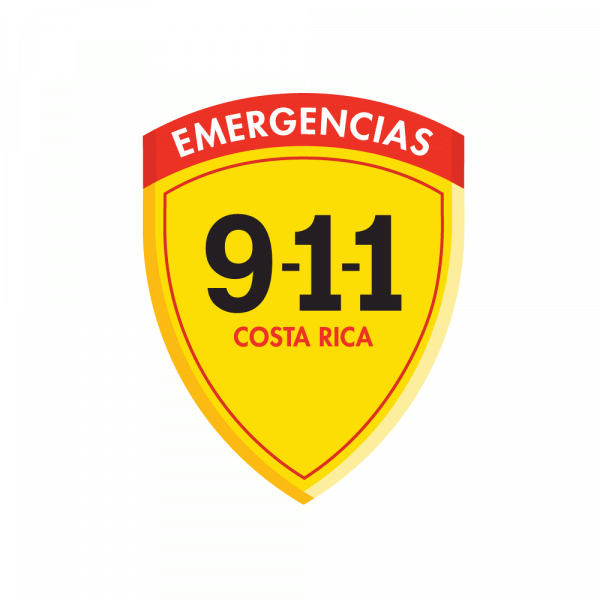
Costa Rica: Sistema de Emergencia 9-1-1
Ley Nº 7566 de Creación del Sistema de Emergencias 911 (1995)
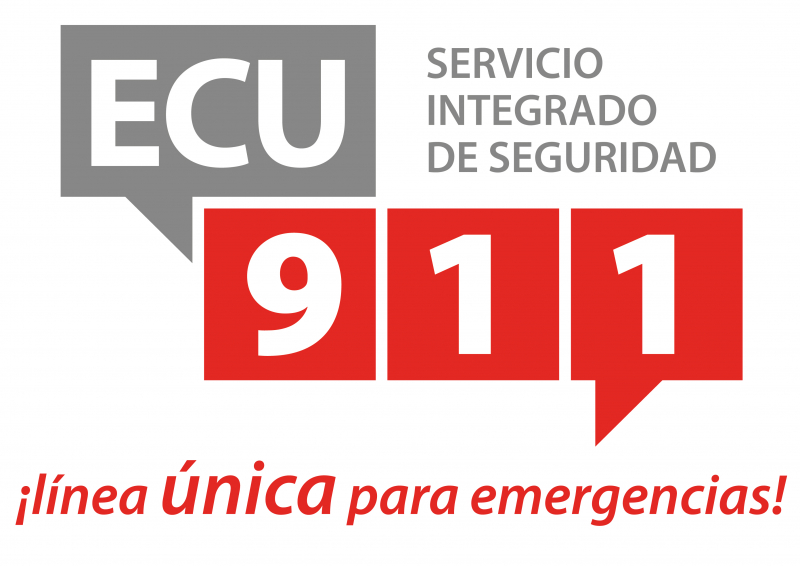 Ecuador: Servicio Integrado de Seguridad ECU-911
Ecuador: Servicio Integrado de Seguridad ECU-911
Decreto Ejecutivo Nº031 que reforma el Decreto Ejecutivo Nº988 (2013)
 Guatemala:
Guatemala:
Deceto Legislativo 109-1996: Ley y Reglamento de la Coordinadora Nacional para Reducción de Desastres (1996)
Decreto Número 18-2008: Ley Marco del Sistema Nacional de Seguridad (2008)
 Honduras: Sistema Nacional de Emergencia 911
Honduras: Sistema Nacional de Emergencia 911
Ley del Sistema Nacional de Emergencias (Decreto No. 58-2015)
Reforma de la Ley del Sistema Nacional de Emergencias (Decreto No. 49-2021)
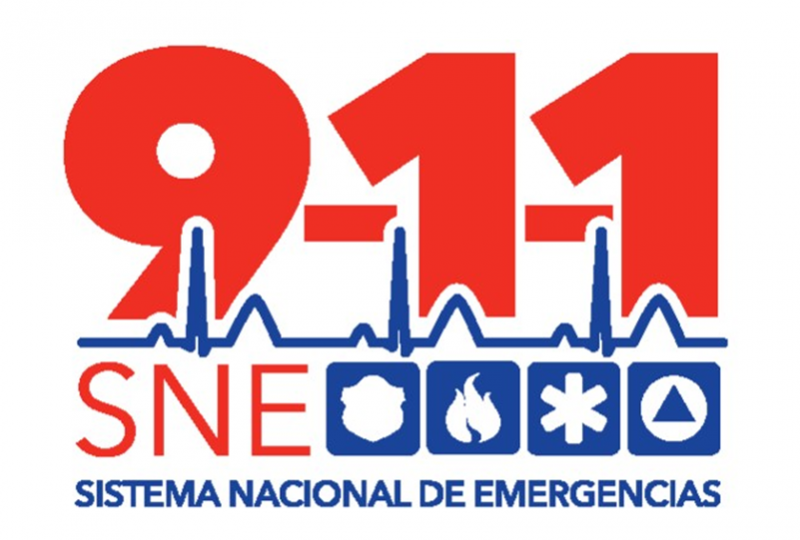
Panamá: Sistema Nacional de Emergencias 9-1-1
Ley 44 del Sistema Unico de Manejo de Emergencias 9-1-1 (2007)

República Dominicana: Sistema Nacional de Atención a Emergencias y Seguridad 9-1-1
Ley que establece el Sistema Nacional de Atencióm a Emergencias y Seguridad 9-1-1 (184-17)
Día Interamericano | Inter-American Day
EENA Conferencia Anual | Annual Conference
NENA México | Congresos Internacionales
 17 Congreso Internacional de Centros de Atención a Emergencias
17 Congreso Internacional de Centros de Atención a Emergencias
SNE 911 Honduras | Boletín Informativo
Información básica de los Sistemas de Emergencia | Basic information on Emergency Systems
Ultimo Evento | Last Event
Evento Virtual de Pre Celebración del Día Interamericano del Número Unico de Emergencia
El viernes 9 de febrero, el SIS ECU 911 y el Departamento de Seguridad Pública de la OEA, organizaron un evento virtual de pre celebración del Día Interamericano del Número Unico de Emergencia.
La agenda y los materiales utilizados durante el evento están disponible aquí.
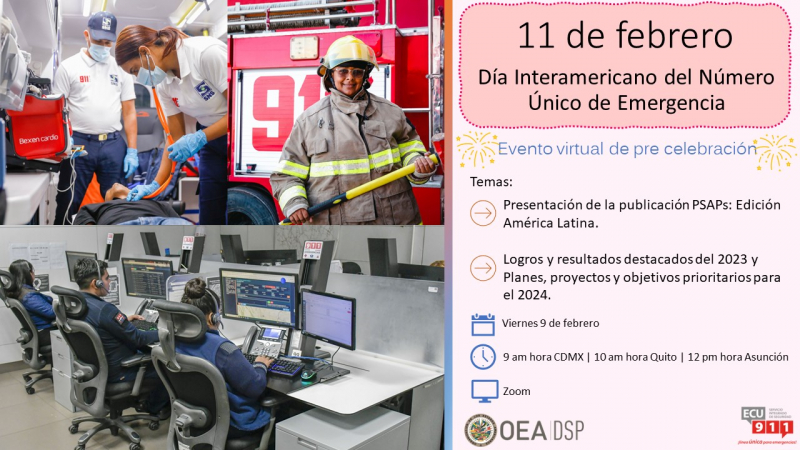
Evento Pasado | Past Event
Primer Conversatorio del 2023 del Grupo Técnico Subsidiario sobre Sistemas de Emergencia y Seguridad, tuvo lugar el miércoles 29 y jueves 30 de noviembre.
Para más información, haga clic aquí.
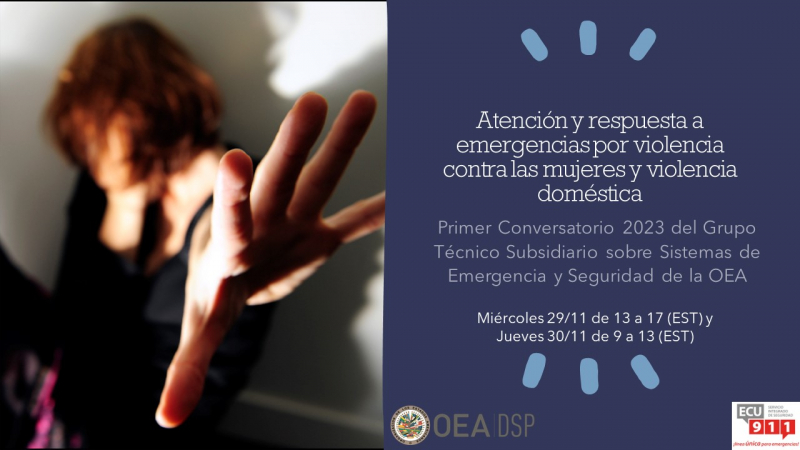

First 2023 Exchnange of the OAS Technical Subsidiary Group on Emergency and Security Systems took place on Wednesday 29 and Thursday 30.
For more information, please click here:
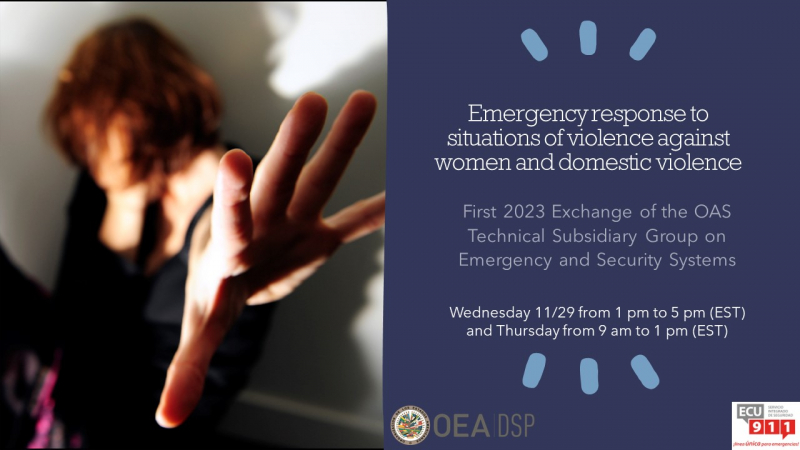
Alertas | Alerts
Impact of the Android 13 update on emergency calls and PSAPs operations
The false call mystery (The Crisis Response Journal, 18:3, September 2023)

The Android 13 update, which started in Q4 2022 with a progressive roll-out, included an emergency SOS functionality to trigger emergency calling after pressing the power button of the handset a certain number of times. That Android 13 update was adapted in different manners by OEMs, and recent data seems to suggest that there was a high increase in automatic false calls generated specifically from Samsung devices.
Cops ask Android users to disable Emergency SOS over accidental 911 calls
Source: Phone Arena, Alan Firiedman, April 25, 2023

Public urged to disable automatic 911 feature on their phones after surge in false emergency calls
Source: NS News, Jane Seyd, May 19, 2023

Police in Ontario asking Android users to check settings after increase in 911 calls
Source: Global News, Hannah Jackson, April 14, 2023

Un importante mensaje de nuestro Jefe de Operaciones
Fuente: Cuenta de Twitter del Sistema de Emergencias 9-1-1 de Costa Rica, 2 de julio, 2023
Biblioteca | Library
Infographic
Incident Response Review
Infographic
Cómo desinfectarse las manos
Presentation
Continuity of Operations and Disaster Recovery Planning
Richard Gaston and Brian Melcer from Mission Critical Partners ( 2020 Conference for Advancing Pubic Safety - CAPS). Events such as natural disasters or pandemics can have a profound impact on public safety operations. While it is nearly impossible to prevent them, agencies can act quickly with a comprehensive...
Document
Continuity-Of-Operations Plans
Whitepaper developed by Mission Critical Partners in June 2020. A continuity-of-operations plan (COOP) living, breathing document that considers all aspects of operations—including technology and staff—as well as the strategies and tactics that will enable the agency to continue providing its mission-critical...
Document
Checklist for Securing Public Safety Answering Point Facilities, Personnel and Data
Document
COVID-19 Pandemic Operational Guidance for the 2020 Hurricane Season
As a result of the COVID-19 pandemic, the U.S. is facing unprecedented challenges as it prepares to respond to additional disasters, anticipate emergent incidents, and prepare for the 2020 hurricane season. To help emergency managers and public health officials respond to incidents during the 2020 hurricane season...
Document
Lessons-learned guide on handling the challenges linked to COVID-19
This guide was prepared by the Government of the Republic of Korea. The guides analyses the below main points: ...
Website
Advanced Mobile Location
In the event of an emergency call, an AML-enabled smartphone automatically sends accurate location information of the caller to the emergency services. This information is derived from the location data of the phone (GNSS, Wifi). AML is not an app; it does not require any action from the caller. AML is simply a...
Report
How 9-1-1 Is Changing in a COVID-19 World
This report is based on 500 survey responses from 9-1-1 professionals across 44 U.S. states and territories. It builds upon insights from NENA's initial report. The survey responses reflected in this report were collected from April 20 to 24, almost a month after the initial survey and well into nationwide...
Website
NENA Offers New Online Training Program for 9-1-1 Professionals
The NENA: The 9-1-1 Association is proud to launch a slate of instructor-led online (ILO) courses that enable 9-1-1 professionals to receive NENA’s industry-best education and training content in a virtual classroom. ...
Document
The Resilient 911 Professional
In this book, you will find several chapters with stories about people who have been touched by the 9-1-1 dispatch profession. Some of these people are, or have been, dispatchers themselves. Some are therapists, scientists, and even medical doctors. There are directors, and those who have served in the military. The...
Website
Strokes still happen during a pandemic
Document
COVID-19 Apps
EENA presents this document with a comprehensive analysis of the use of mobile phone applications in the fight against the COVID-19 pandemic. The analysis comprises 108 applications in 73 countries worldwide. The apps have been categorized into 5 clusters: ...
Document
Data and strategies on emergency calls & public warning during COVID-19 outbreak
The European Emergency Number Association (EENA) has put together a compilation of strategies that have been implemented by emergency services across Europe to manage COVID-19. ...
Document
Pandemic Planning Checklist
Website
NENA Wellness Continuum
Website
For the Frontlines
Document
Communicating through COVID-19: 6 tips for public safety social media outreach
Document
8 types of data: Telling the story of COVID-19
Document
9-1-1 & COVID-19: A Report on PSAPs During the Pandemic
Document
What Law Enforcement Personnel Need to Know about Coronavirus Disease 2019 (COVID-19)
Document
Global Recommendations for Emergency Services Organisations to Manage the Outbreak of COVID-19
- « first
- ‹ previous
- 1
- 2
- 3
Repositorio colaborativo | Collaborative repository
Calendar
| Sun | Mon | Tue | Wed | Thu | Fri | Sat |
|---|---|---|---|---|---|---|
|
29
|
30
|
1
|
2
|
3
|
4
|
5
|
|
|
|
|
|
|
|
|
|
6
|
7
|
8
|
9
|
10
|
11
|
12
|
|
|
|
|
|
|
|
|
|
13
|
14
|
15
|
16
|
17
|
18
|
19
|
|
|
|
|
|
|
|
|
|
20
|
21
|
22
|
23
|
24
|
25
|
26
|
|
|
|
|
|
|
|
|
|
27
|
28
|
29
|
30
|
31
|
1
|
2
|
|
|
|
|
|
|
|
|
Comunidades de práctica | Communities of practice
 Ubicación Móvil Avanzada | Advanced Mobile Location
Ubicación Móvil Avanzada | Advanced Mobile Location
 Collaborativa Coalition for International Public Safety
Collaborativa Coalition for International Public Safety
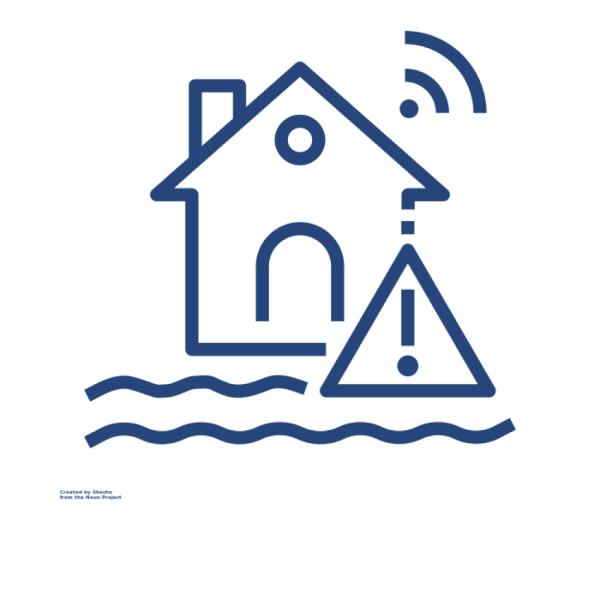 Comunicación en Emergencias | Emergency Communications
Comunicación en Emergencias | Emergency Communications
Estadísticas de Emergencia | Emergency Statistics
 Experiencias COVID-19 | COVID-19 Experiences
Experiencias COVID-19 | COVID-19 Experiences
 Inclusión y Accesibilidad | Inclusion and Accessibility
Inclusión y Accesibilidad | Inclusion and Accessibility

Publicación Piloto: PSAPs Edición América Latina
Salud, Bienestar y Autocuidado | Health, Wellness and Selfcare

SES - Mal Uso del Número de Emergencia | ESS - Misuse of the Emergency Number
 SES-Protocolo/Guía | ESS-Protocol/Guide
SES-Protocolo/Guía | ESS-Protocol/Guide
 SES-Violencia Doméstica | ESS-Domestic Violence
SES-Violencia Doméstica | ESS-Domestic Violence
Uso de video para emergencias | Use of video in emergencies
Conversatorios 2023 | 2023 Exchanges
Conversatorios 2022 | 2022 Exchanges
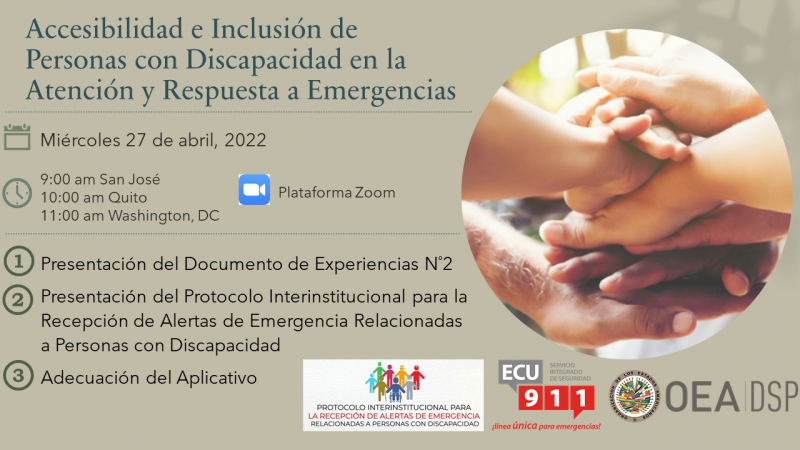 1er Conversatorio 2022: Inclusión y Accessibilidad | 1st 2022 Exchange: Inclusion and Accesibility
1er Conversatorio 2022: Inclusión y Accessibilidad | 1st 2022 Exchange: Inclusion and Accesibility
Conversatorios 2021 | 2021 Exchanges
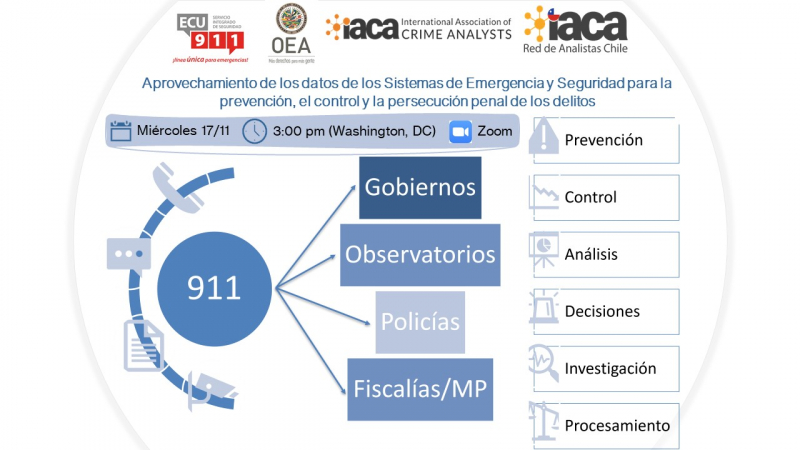 3er Conversatorio 2021: Aprovechamiento de los datos 911 | 3rd 2021 Exchange: Using 911 data
3er Conversatorio 2021: Aprovechamiento de los datos 911 | 3rd 2021 Exchange: Using 911 data
Conversatorios 2020 | 2020 Exchanges
4to Converstatorio 2020: Estrategias de Comunicación en Crisis | Crises Communication Strategies
Events | Eventos
Reuniones del GTS-SES | ESS-STG Meetings
 Conversatorios SES 2020 | 2020 ESS Discussions
Conversatorios SES 2020 | 2020 ESS Discussions

GTS-SES Presidencia | STG-ESS Presidency
Webinars
|
NENA Standards: Webinar organized by Michael Baker International and DATAMARK on December 15th, 2020. Instructors Drew Fioranelli, GISP and Mark Whitby, ENP focused on: - Site/Structure Address Points - Civic Location Data Exchange Format (CLDXF) - Required GIS Data Layers - GIS Data Validations - Data Maintenance GIS Basics for the Public Safety Professional In the shift to Next Generation 9-1-1, GIS will play an important role in call routing for public safety, and much of the critical information on GIS is not widely shared with 9-1-1 dispatchers across the country. Join this webinar for an introduction of GIS and a high-level discussion of how it may affect the applications used in the PSAP for dispatch and 9-1-1.
COVID-19: Maintaining Operations Remotely (On-demand) Public safety answering points (PSAPs) and emergency communications centers (ECCs) play a critical role in communities during normal times, but in times of crisis, their role becomes even more important. As the COVID-19 pandemic continues its spread across the country, having a plan in place to support remote work for call takers and dispatchers to ensure ongoing operations is imperative. Strategic Planning for Public Safety Agencies (On-demand) In today’s evolving emergency communications environment, public safety agencies are often expected to do more with fewer resources. This reality means that strategic planning, and determining how best to leverage the available resources, is more crucial than ever before. This webinar focuses on the benefits of strategic planning for public safety agencies and different approaches to development. Panelists: • Chris Kelly, VIce-President and Director of Operations and Facilities, Mission Critical Partners • Bonnie Maney, Enterprise Client Manager, Mission Critical Partners
GIS Data & NG911 Readiness - Exploring Strategies, Dispelling Misconceptions Next Generation 911 (NG911) systems rely on geospatial routing generated by geographic information systems (GIS) to connect emergency callers and 911 centers. But GIS data first needs to be readied so that it aligns with industry standards and can be used in the NG911 environment. This webinar explores strategies for doing so while dispelling common misconceptions that lead many emergency communications center officials to believe that their GIS data is closer to NG911 readiness than it is.
Panelist: • Robert Horne, Senior Technology Specialist, MCP’s Technical Domain Lead and certified emergency number professional (ENP).
Coping with a pandemic: embracing flexibility and mobile technology for the “Next Normal” The COVID-19 pandemic is creating the “Next Normal” with new challenges and opportunities for mobile technologies. Explore how the current disruption impacts current and emerging technologies, as well as new use cases and recommendations for communication success across industries.
The 5G Horizon: What Government Needs to Do Today to Be Prepared Tomorrow As agencies seek to improve their services and their efficiency, many are looking at 5G as a game-changing technology. In this webinar, 5G industry experts will discuss the transparent facts of 5G, new use cases, and what agencies can do now to exploit the benefits of 5G.
Emergency Comms during the Pandemic This webinar explores issues that have arisen with sharing devices, moving to LTE networks, the coverage in rural areas and indoors, the effect on EMS and dispatch centers as they cancel services, work from home and a need to go beyond more than emergency services. Learn how text-to-911 services, location advancements and new technologies.
Taming 911 Turnover: Strategies for Success 911 telecommunicators everywhere are reaching a breaking point. It is no wonder that in the US, the average annual turnover is nearing 30% and 1 in 5 telecommunicators leave their job in the first year. With a shrinking applicant pool, it’s more important than ever to keep telecommunicators happy and engaged. This webinar povides innovative solutions that 911 centers are implementing to tame rising turnover. Speakers: • Joe Scaffidi •Patrick Botz Available on demand. Click here to register.
Optimizing PSAP Staff Performance & Reducing Turnover Running an emergency communications center isn’t easy. Challenges can come from every direction: scrutiny over incident handling, funding, and staffing issues. Telecommunicators are the very heart of emergency communications, but with high levels of turnover, the revolving door is working against public safety answering points (PSAPs). In this session, you’ll learn how NICE Inform can give your PSAP the tools you need to improve retention, and coach, develop and train telecommunicators for success. This webinar features: • Joe Scaffidi, RVP of PSAP Performance Solutions, NICE • Karen Carlson, PSAP Product Manager, NICE, and former 911 Operations Manager at Brown County Public Safety Communications and Management Information Coordinator at FoxComm, Wisconsin This webinar is on demand. Prior registration is needed. Click here to register.
Top 911 Challenges with Incident Intelligence Analytics Fourth webinar of a 4-part webinar series organized by NICE on how to overcome today's top 9-1-1 challenges. This webinar features: • Joe Scaffidi, Regional Vice Presidente, NICE Public Safety • Patrick Botz, Director of Engagement, NICE Public Safety
Why Real-time Performance Metrics Matter This is the second wbinar of a 4-part webinar series organized by NICE on how to overcome today's top 9-1-1 challenges. This webinar focuses on performance measurement and reporting challenges that 9-1-1 directors are facing. The webinar features: • Barry Furey, CEO of Barry Furey Consulting and Training • Patrick Botz, Director of Engagement, NICE Public Safety Why Next Gen 9-1-1 Matters More Now This webinar has been organized by NICE, ATOS and Mission Critical Partners and features the following panelists: • John Rennie, General Manager, NICE • Phil Rotheran, Vice President, ATOS • Darrin Reilly, Chief Operating Officer, Mision Critical Partners The roundtable is moderated by Oatrick Botz, Director of Engagement, NICE
911 Turnover, Staffing and Retention Thiw webinar is part of a webinar series organized by NICE. In this session, speakers will address one of 911 top challenges, closing the Revolving Door: 911 Turnover, Staffing and Retention. First Responders, Stress Management and Coronavirus In this webinar, former paramedic, law enforcement trainer and resilience expert Mike Taigman explains how stress affects first responders and provides strategies to manage that stress during the long haul of the pandemic. He also provides guidelines on how public safety leaders can help decrease stress for their personnel on the frontlines of this epidemic. PoliceOne, FireRescue1 and EMS1 worked together with Lexipol to organize this webinar.
Recomendaciones para grupos USAR en el contexto de la pandemia COVID-19 USAR, oor sus siglas en inglés, significa Urban Search and Rescue, e implica la localización, extracción, y la estabilización inicial de personal atrapado en espacios cerrados o bajo escombros. Este webinar fue organizado por CEPREDENAC y contó con la intervención de: • Patricio Fuentes von J., Ingeniero en Proyectos, Bombero voluntario en Chile e instructor USAR Necesidades y retos humanitarios de la población migrante en la respuesta al COVID-19 Este segundo webinar de la serie organizada por el CEPREDENAC abordó los siguientes temas: Situación de los migrantes en el marco del COVID-19, Marcelo Pisani, Director General de la OIM para Centroamérica, Norteamérica y el Caribe (10:06) Impacto del COVID-19 como una amenaza biológica sobre los migrantes, Raúl Salazar, Jefe de la Oficina de Naciones Unidas para la Reducción del Riesgo de Desastres (16:22) Necesidades y retos humanitarios de la población migrante en la respuesta al COVID-19, Jesús Félix Rodríguez, Federación Internacional de la Cruz Roja y la Media Luna Roja (31:58) Incluyendo a los migrantes y a las poblaciones desplazadas en las actividades de preparación y de respuesta ante el COVID-19, Katherine Fuentes, Oficial Regional de Migración para el Triángulo Norte de Centroamérica, Cruz Roja Internacional (57:45)
Este webinar fue organizado por el Centro de Coordinación para la Prevención de los Desastres en América Central y República Dominicana (CEPREDENAC), perteneciente al Sistema de la Integración Centroamericana (SICA), con el apoyo de la Federación Internacional de la Cruz Roja. El mismo abordó los siguientes temas y panelistas: Sustaining Resilience During the COVID-19 Pandemia Speaker: The EU Artificial Intelligence Rulebook and What it Could Mean for Public Safety On 14 June, 2023, the European Parliament adopted its position on the AI rulebook paving the way for the interinstitutional negotiations set to finalise the world’s first comprehensive law on Artificial Intelligence. AI systems for dispatch or determining dispatch priorities may be considered as high-risk AI systems. In this webinar, EENA breaks down the EU AI Act and analyses what it could mean for emergency services. |
|
How disinformation & cyber threats affect emergency services during COVID-19 outbreak Webinar organized by the European Emergency Number Association (EENA) to explore how disinformation and cyber threats are affecting the work of public safety organizations and what can be done to minimize their impact in the fight against coronavirus. Speakers:
Go to Webinar Introducing INSCRAM: Bridging research and public safety In this Webinar, the Information Systems for Crisis Response and Management (ISCRAM) Association was presented to EENA members. INSCRAM is an international community of researchers who examine the design, use, and evaluation of information and communication technologies in contexts of emergency and disaster preparation, mitigation, response, and recovery. Speakers: Caroline Rizza, PhD Rob Grace, PhD Anouck Adrot, PhD
|
|
Data and strategies on emergency calls & public warning during COVID-19 outbreak Speakers:
Go to Webinar (25´30¨) |
|
Navigating the COVID-19 Pandemic from the 9-1-1 Center Speakers:
Go to Webinar (presentation) |
Podcasts
This is the audio section of the Crisis Response Journal.
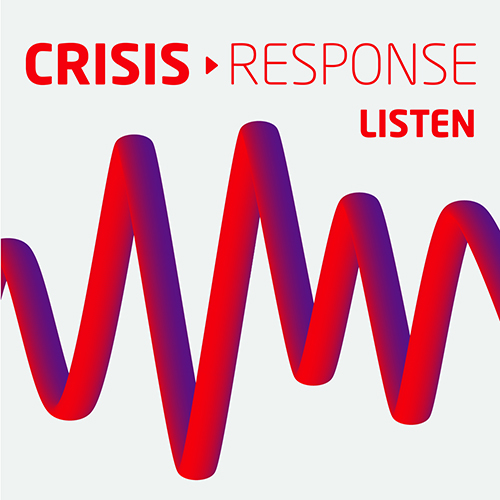



How Livestreaming 911 Calls Makes Officers More Effective and Efficient



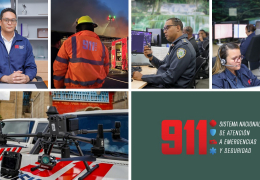
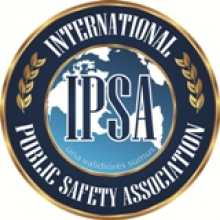
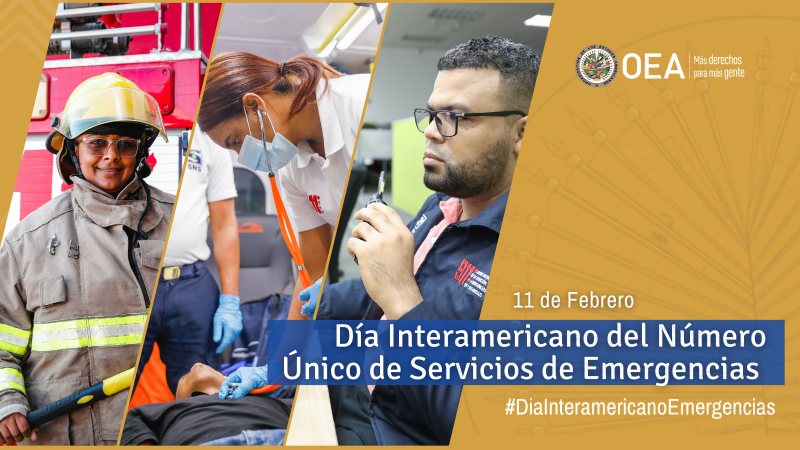
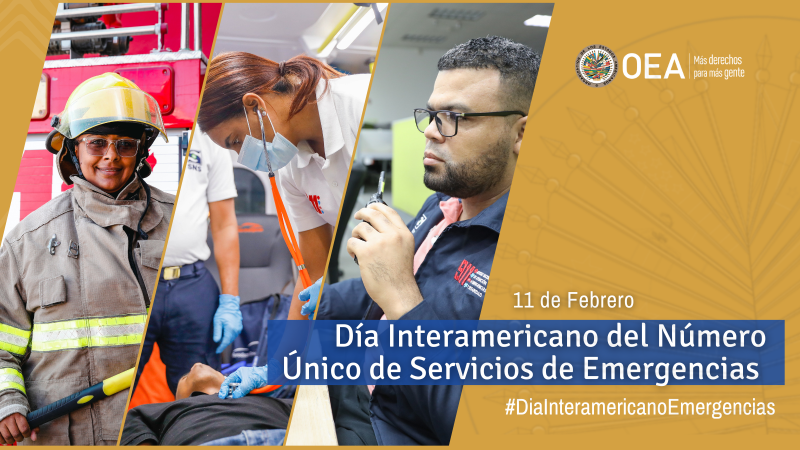
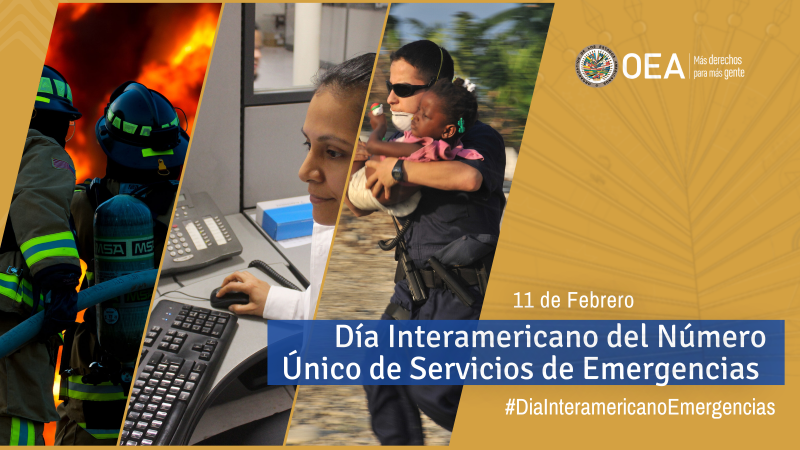 2023
2023

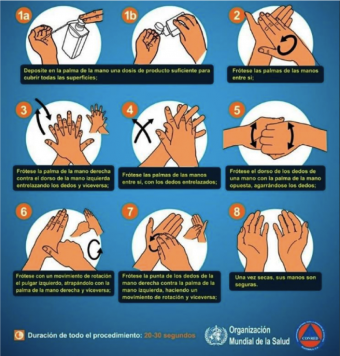


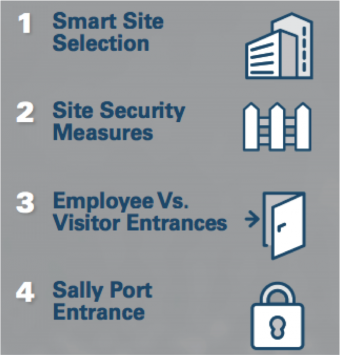
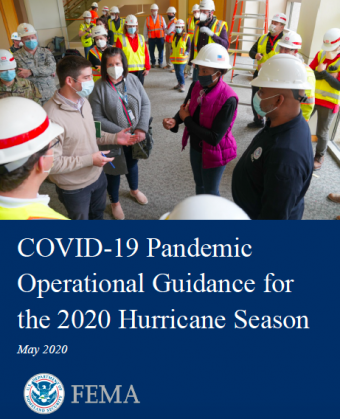
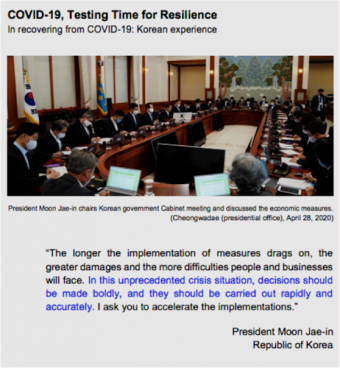
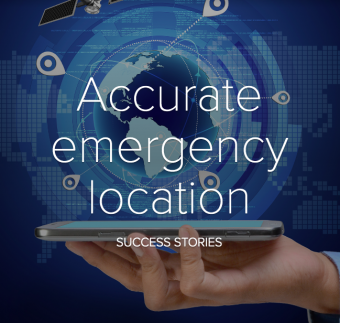


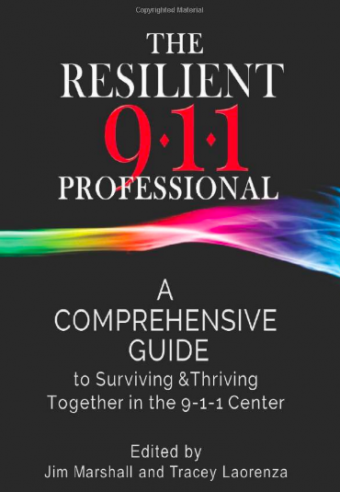
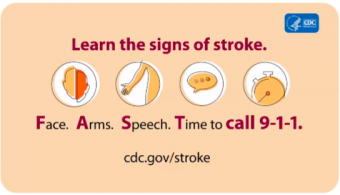


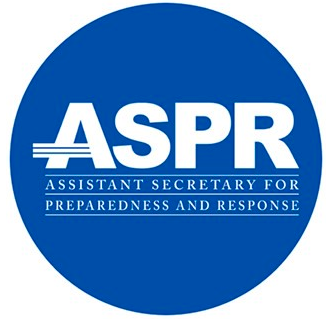







 TCC
TCC 2do Conversatorio 2022: Mal uso del número de emergencia | 2nd Exchange: Miuse of the emergency number
2do Conversatorio 2022: Mal uso del número de emergencia | 2nd Exchange: Miuse of the emergency number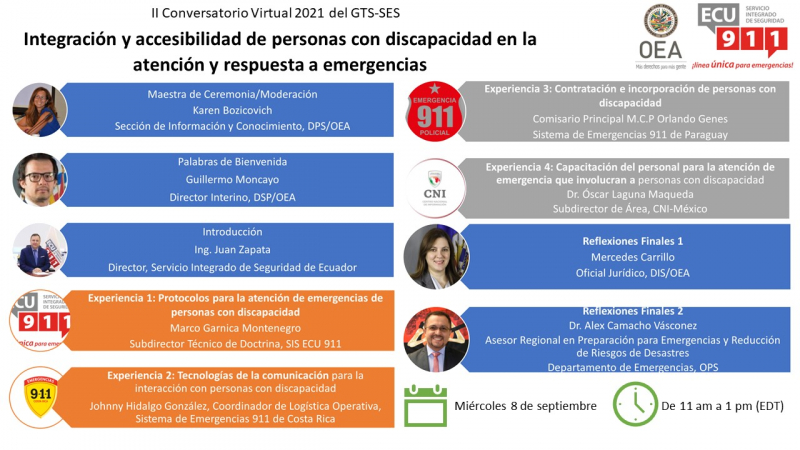 2do Conversatorio 2021: Inclusión y accesibilidad de personas con discapacidad | 2nd 2021 Exchange: Inclusion and accessibility of people with disabilities
2do Conversatorio 2021: Inclusión y accesibilidad de personas con discapacidad | 2nd 2021 Exchange: Inclusion and accessibility of people with disabilities  Seminario Internacional | International Seminar
Seminario Internacional | International Seminar Presidencia SIS ECU-911 | ECU-911 ISS Presidency
Presidencia SIS ECU-911 | ECU-911 ISS Presidency






